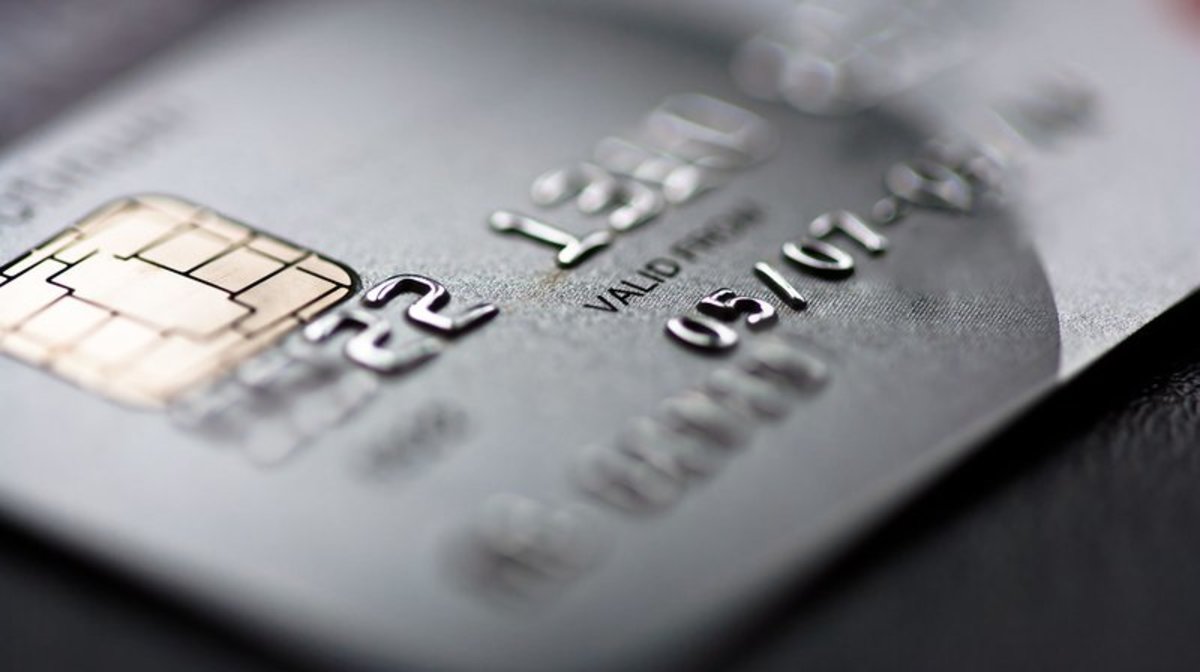
Last week, the United States Patent and Trade Office (USPTO) published the details of Visa’s new patent application. The credit card giant’s plans for the digital asset network are quite broad; however, it might be possible that the company is planning to file a patent for the Visa B2B Connect.
The blockchain enterprise company Chain and Visa announced their new partnership in October 2016, in which the two firms decided to develop “a simple, fast and secure way to process B2B payments globally.” The Visa B2B Connect platform’s pilot is expected to launch in 2017, thus indicating a connection between the USPTO digital asset network patent and the new B2B solution.
“A method and system are provided for transferring digital assets in a digital asset network. Network users can be centrally enrolled and screened for compliance. Standardized transfer processes and unique identifiers can provide a transparent and direct transfer process. Digital assets can include sufficient information for ensuring that a value will be provided, including one or more digital signatures, such that value can be made immediately available to recipients,” the four Visa employees who filed the patent summarized.
The patent application details the major issue financial institutes are facing with third parties. According to Visa, using third-party payment or transfer providers during wire transfers can create uncertainty in the system, resulting in the banks adding extra days to complete a transfer. Furthermore, this uncertainty can also result in higher costs. The writers of the document added that, in reality, there are often more than three parties participating in a single transaction.
“Most financial institutions only have a few correspondent bank relationships. Thus, for an international wire, it is likely that the sending financial institution does not have a direct correspondent bank relationship with the receiving financial institution.”
When this lack of relationship is spread among three or more parties across international jurisdictions, the process becomes even more complicated and costly.
“For example, an international transfer may involve one or more domestic transfers in the sender's country, an international transfer and one or more domestic transfer's in the recipient's country before finally reaching the recipient's account.”
According to the Visa employees, a digital asset network can be the solution for the issue. The company plans to launch a platform (possibly linked to Visa’s B2B Connect) using blockchain technology to allow the transfer of digital assets between clients. These transfers can be used to make payments, or provide access rights and login credentials and more. The firm emphasized that the participants of the platform will be “legitimate organizations” who will be screened for compliance with the rules of the network.
To learn more about digital asset networks, be sure to review our upcoming program for Distributed: Markets 2018.










